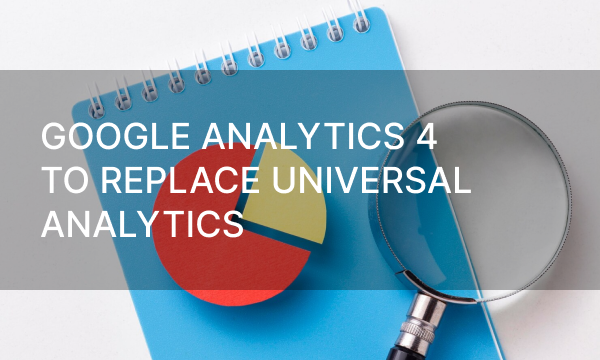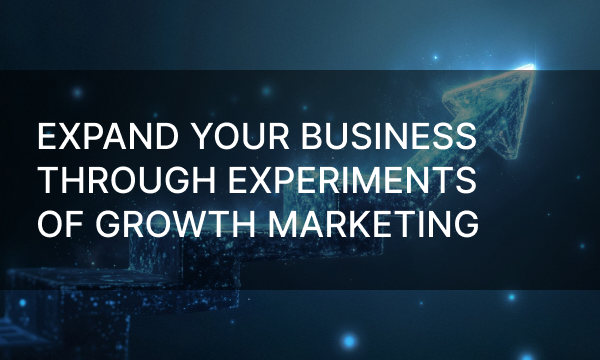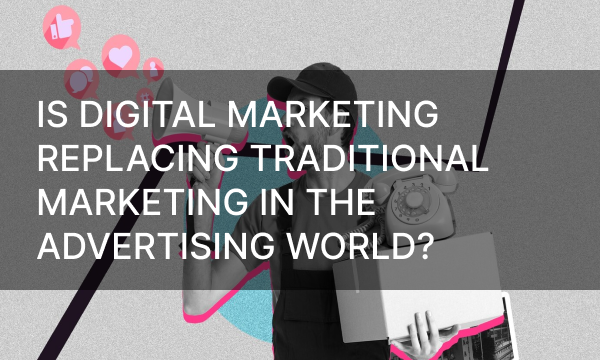Introduction to Upcoming PPC Trends of 2025
The future of PPC ads in 2025 will be driven by the integration of automation and AI, significantly improving ad targeting and ROI through predictive analytics and machine learning. Increased integration with voice search and visual search technologies will create new opportunities to reach consumers. Additionally, privacy regulations will continue to shape data usage within these constraints while emphasizing transparency. As user experience becomes increasingly important, PPC strategies will focus on delivering highly relevant, personalized ads across multiple channels.
We are on the cusp of a world where AI-powered copywriting tools can package the essence of a brand’s message into compelling ads that resonate with its audience, and where predictive analytics can pinpoint the exact moment a consumer is ripe for conversion and deliver perfectly timed, hyper-personalized ads. Brands will be measured not by their ability to drive clicks, but by their capacity to create meaningful connections. The true winners will be those who can master the art of emotional resonance and tap into the very fabric of human emotion to create ads that are not just effective, but transcendent.
In this article, we’ll explore the seismic shifts shaping the future of PPC. From the rise of AI to the growing importance of video ads, prepare to uncover the best PPC strategies that will boost campaign performances and redefine the very nature of digital marketing. You will be armed with innovative white-label PPC solutions to emerge as the champions with ready-made business solutions. Get ready – 2025 is just around the corner and it promises to be truly remarkable for the world of PPC ads!
1. The Integration of Automation and AI
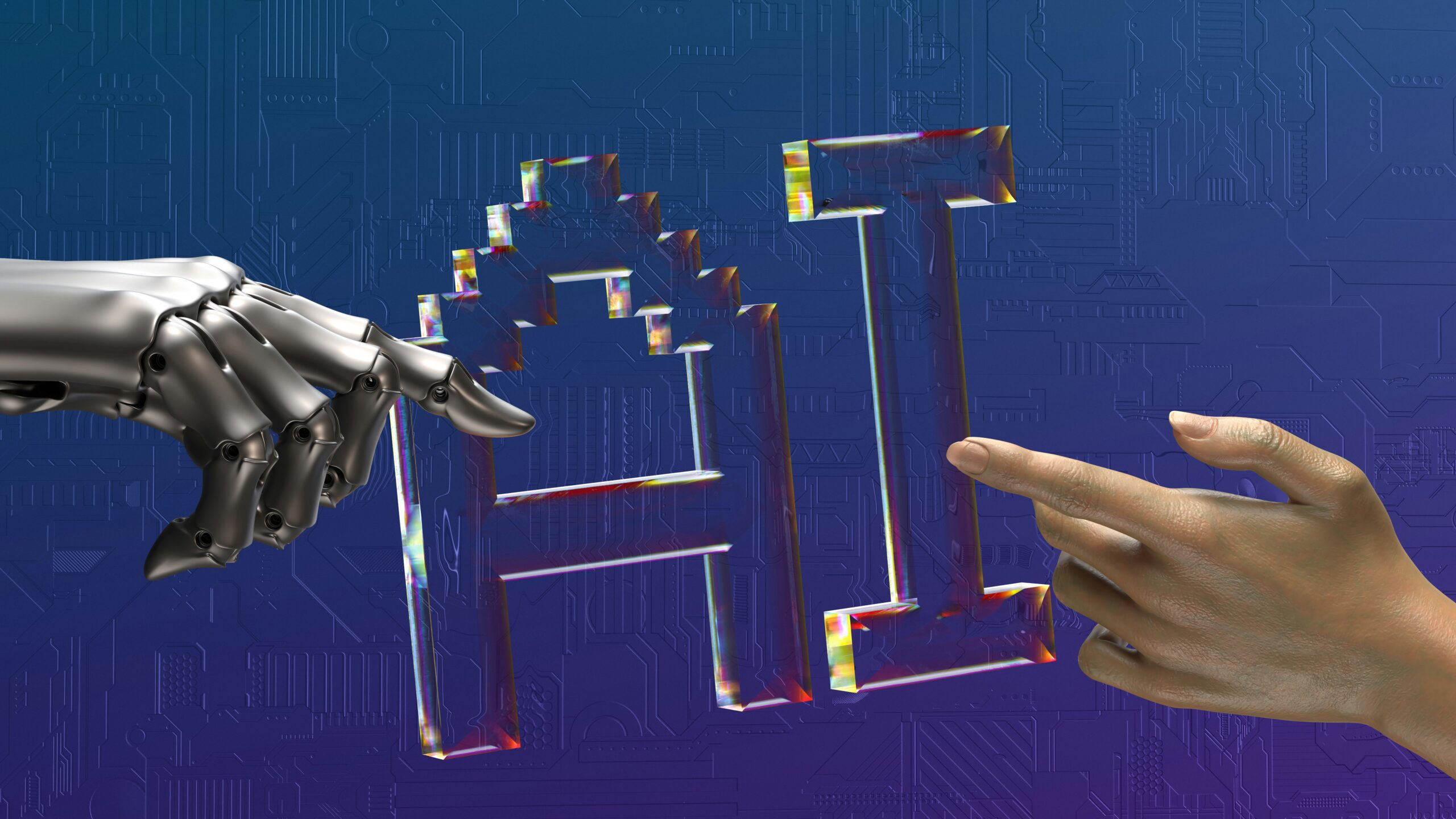 Photo by Igor Omilaev on Unsplash
Photo by Igor Omilaev on Unsplash
One of the most important trends shaping the future of PPC is the integration of AI and automation. Google’s machine learning algorithms are becoming more sophisticated, minimizing the need for manual intervention in ad campaigns optimization. Using AI for PPC results in increased ROI through improved targeting, real-time bid adjustments, and enhanced ad copy generation. Google’s Smart Bidding is expected to dominate the PPC space. Target CPA and Target ROAS allow bids to be automatically adjusted, based on the likelihood of conversion, resulting in a more efficient use of budget.
2. Enhanced Targeting Capabilities
As consumer privacy becomes more of a concern, you’ll need to adapt your targeting strategies. The transition to a cookie-free future is inevitable as Google plans to phase out third-party cookies. This shift will force us to rethink the ways we collect and use consumer data. Instead of relying solely on user behavior data, we will use contextual targeting, which places ads based on the content of a web page rather than individual user profiles. This method will provide more privacy-focused alternatives without sacrificing efficiency. Using your own data for targeting can help you increase engagement and gain a competitive advantage in PPC.
3. The Growing Importance of Video Ads
As video content continues to dominate online presence, PPC strategies are increasingly integrating video ads. Video as a marketing tool can help improve users’ understanding of your product or service. Google Ads’ various video ad formats like In-Stream and Discovery make it easier to use video in ad campaigns. The rise of video ad spend signals a strong shift in how brands engage with their audiences through PPC ads.
4. The Rise of Voice Search and Smart Devices
As more users prefer voice-activated devices, the PPC industry will have to adapt. Voice search is expected to account for 50% of SERPs. This trend will encourage us to reconsider our keyword strategies and ad formats. Thus, you will need to optimize for long-tail keywords that reflect natural language, which in turn will require a more precise approach to keyword research. Brands that adapt early will lead in this new space.
5. AI-powered Ad Creation and Optimization
One of the biggest PPC trends to watch next year is the use of AI tools to create ads and further optimize campaigns. Google and Microsoft provide AI tools for image generation and bid optimization, but AI uses go beyond that. You can also use AI tools to speed up campaign optimization processes, from keyword research to identifying new search opportunities.
6. Emphasis on Bing Ads
It’s a good idea to explore different ad channels to expand your reach and take advantage of competitive ad opportunities. One such channel is Bing or Microsoft. Microsoft’s AI capabilities have evolved since its collaboration with OpenAI, and they are attracting interest. Now is the time to invest in Bing Ads, as they offer a great option to get more clicks at a lower cost.
7. Smart Bidding
Another major trend in PPC ads is the use of AI-powered smart bidding to optimize conversions in each auction. This allows you to adjust your bids to make the most of your budget and achieve your business goals.
Smart Bidding includes the following strategies:
- Target cost per action (CPA) is an automated bid strategy where you set your desired average cost per conversion or action. This data is used to then automatically set bids, based on the likelihood of a conversion from your ad.
- Target return on ad spend (ROAS) is a bidding strategy where Google AI analyzes and predicts the value of a potential conversion and automatically adjusts your bid to maximize your return.
- Maximize conversions uses Google’s AI to set bids that help you get the most conversions within your budget.
- Maximize conversion value uses Google’s AI to optimize and bid to help you get the most value from your conversions.
8. First-party data for precise targeting
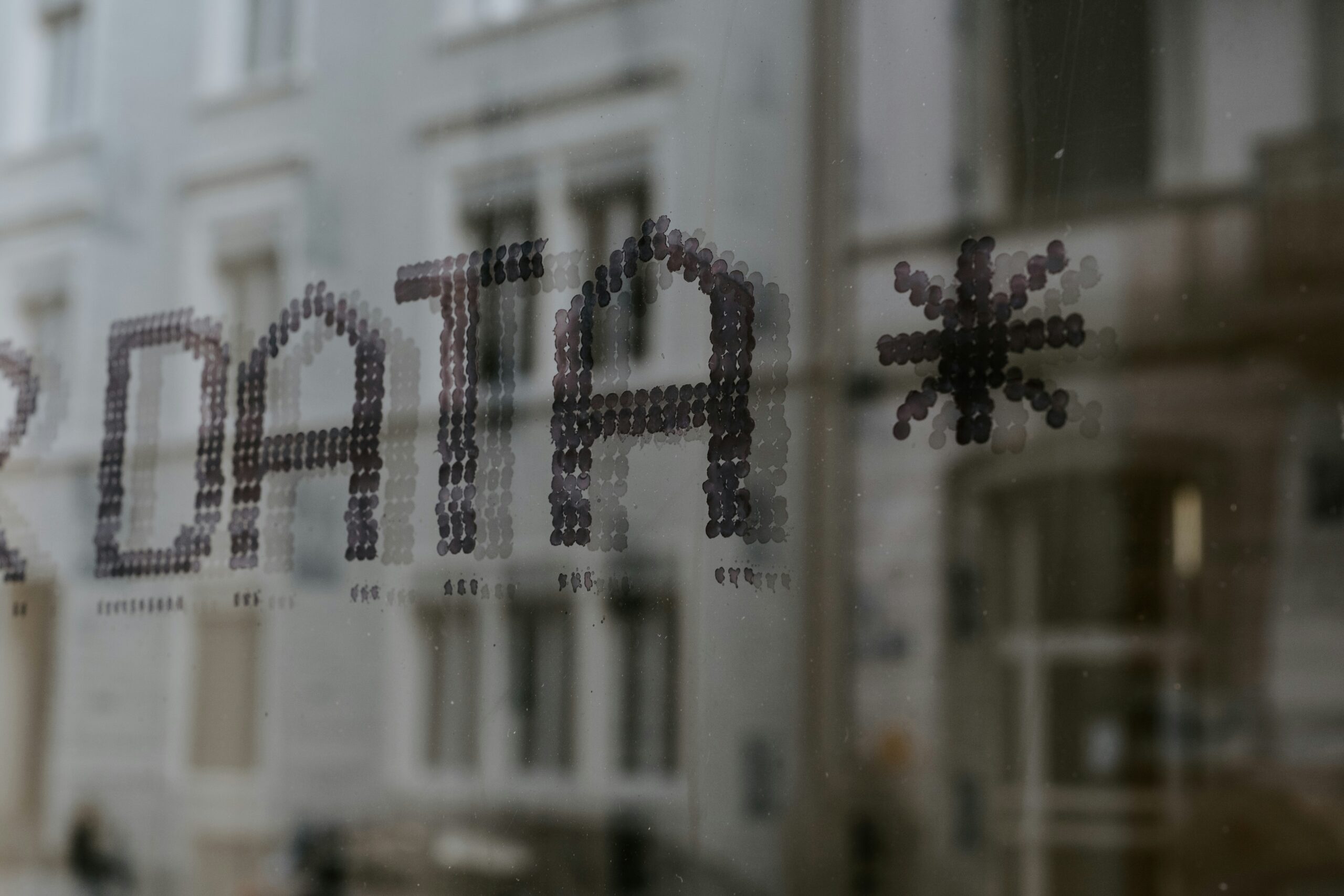 Photo byClaudio Schwarz on Unsplash
Photo byClaudio Schwarz on Unsplash
Google Ads has many ways to use first-party data to boost leads and conversions, such as advanced conversions and audience signals in peak-performing campaigns. This information from your site is used to optimize bidding strategies and drive conversions that might not be measurable otherwise. Thus, audience signals help Google AI better optimize your campaigns for your goals.
9. Voice search optimization
Voice assistants have made voice search popular, and PPC campaigns have had to adapt. To adjust ad campaigns for voice search, integrate voice-friendly keywords into them, including long-tail, conversational keywords that reflect spoken language. These will make your ad campaigns competitive because they have lower search volumes and competition scores and their CPC is lower than shorter keywords’. Optimizing your PPC campaigns for voice search will help you create a more cost-effective PPC campaign that delivers high-value conversions for your ads.
10. Video ads picking up steam
Securing and retaining people’s attention is more challenging than ever. With an average attention span of just 8 seconds and an average video watch time of 2.7 minutes, creating engaging content is crucial. Despite this, videos remain one of the most effective tools for grabbing and holding audience attention, especially PPC video ads on social media and the Google Display Network.
Here are some tips for creating click-worthy video ads:
- Soundless storytelling is a crucial component of successful PPC video ads. Many viewers will watch your video ads without hearing them, so you need to make them meaningful without the sound.
- Catch your audience’s attention immediately, as users have a short attention span. Make sure your video engages your viewers’ attention from the get-go.
- Use a clear call to action (CTA), once your audience has finished watching your video. Use a targeted CTA that informs your audience of the next steps.
11. Maximizing audience reach through omnichannel campaigns
Many businesses make the mistake of relying on a single ad channel to reach their target audience. However, advertising on multiple platforms will expand your reach and revenue. Explore ad platforms other than Google and take advantage of their unique benefits.
12. Innovative ad formats
Make sure to try out new ad formats, from videos to shopping social media ads. Experimenting with new, innovative PPC ad formats, especially with advanced analytics, reporting, and testing tools in ad platforms, can help you develop an effective ad campaign that engages audiences across various platforms and drives high-value conversions for your business.
Here are some engaging PPC ad formats to use in your next campaign:
- Gamified or interactive ads
- Carousel ads
- CTV ads
- YouTube masthead ads
- Bumper video ads
- Responsive search ads
13. Evolving search landscapes
Artificial intelligence is rapidly transforming the digital world and reshaping the way people search online. Google’s AI-powered reviews now provide concise AI-generated summaries at the top of search results, driving higher click-through rates and reducing the time people spend browsing. As AI continues to evolve and integrate into search engines, it’s essential to stay informed about these advancements and adjust your PPC campaigns to remain competitive.
14. Prepare for the Cookieless Future
The cookie-less internet is changing the face of the PPC advertising landscape. Now that third-party cookies are being phased out, companies are looking to collect data themselves through site interactions, email subscriptions, and surveys. This allows for complying with privacy rules while maintaining personalization. Contextual targeting, when advertising is tied to content rather than to user behavior, is also gaining popularity.
This shift requires investment in privacy-compliant solutions and transparency in data collection methods. These changes both ensure that campaigns are viable and increase audience loyalty, motivating ongoing engagement and improving advertising effectiveness. Implementing a cookie-free strategy positions companies as leaders for long-term success in rapidly evolving digital environments, enabling them to stay ahead of the competition while adhering to shifting privacy standards.
15. Cross-Platform Integration
Cross-platform integration drives the scale and performance of PPC campaigns by combining efforts across Google, Bing, LinkedIn, and other platforms. A unified strategy will ensure consistency across all messages and will maximize reach across different audience segments. By connecting Bing PPC services with Google and social media channels, you’ll ensure a balanced view while increasing your reach and ROI.
16. Sustainability and Inclusivity
Sustainability and inclusivity underpin consumers’ decision-making, becoming essential components of any PPC strategy. Advertising that incorporates green practices, ethical sourcing, and inclusivity resonates with today’s socially conscious audience. These values help build trust and brand loyalty for any business.
Implementing PPC campaigns that showcase diversity and sustainability helps to attract a wider demographic, strengthening the brand’s reputation. When managing PPC campaigns, these attributes will be carefully woven into campaigns to help brands stay afloat and thrive in a marketplace where ethical considerations reign supreme.
Conclusion
The future of PPC in 2025 promises to be a dynamic field defined by automation, advanced targeting, and innovative ad formats. To navigate this changing landscape, the importance of using the best PPC strategies cannot be overstated. Using White Label solutions will not only improve the quality of your services but will also put you ahead in the competitive digital marketing arena.
In an ever-changing environment, one thing is clear: success in PPC will depend on adaptability, data-driven decision making, and a strong commitment to performance. The real question is not whether you need to adapt your PPC strategies, but whether you are staying ahead of the curve to seize the opportunities they offer. Get ready to transform your PPC campaigns and guide your clients into a new era of digital marketing excellence.

